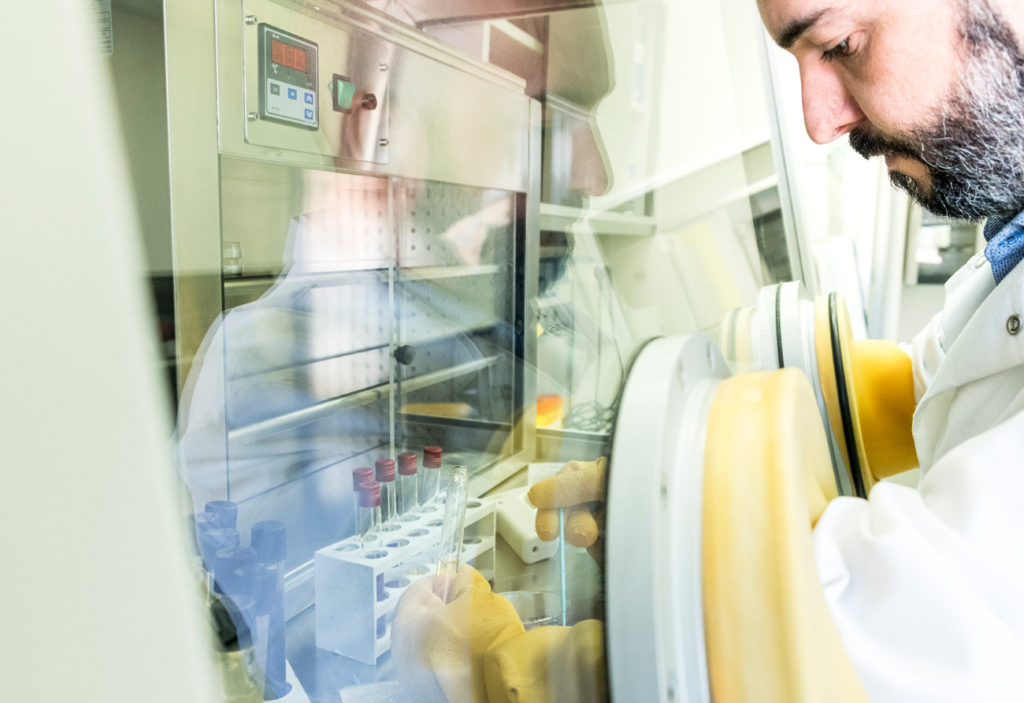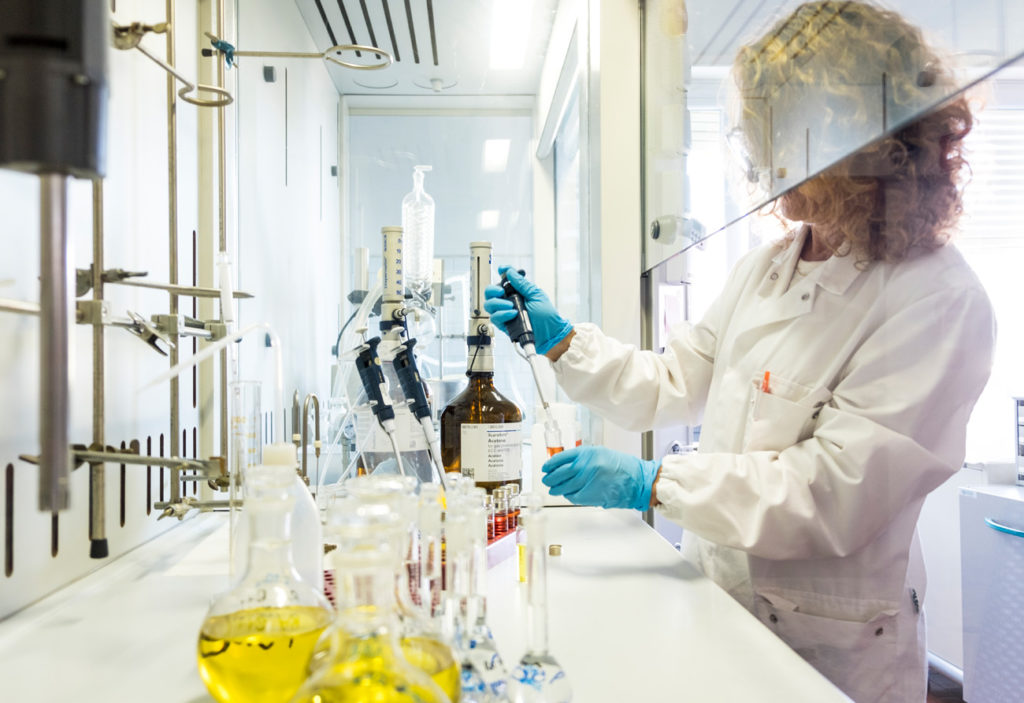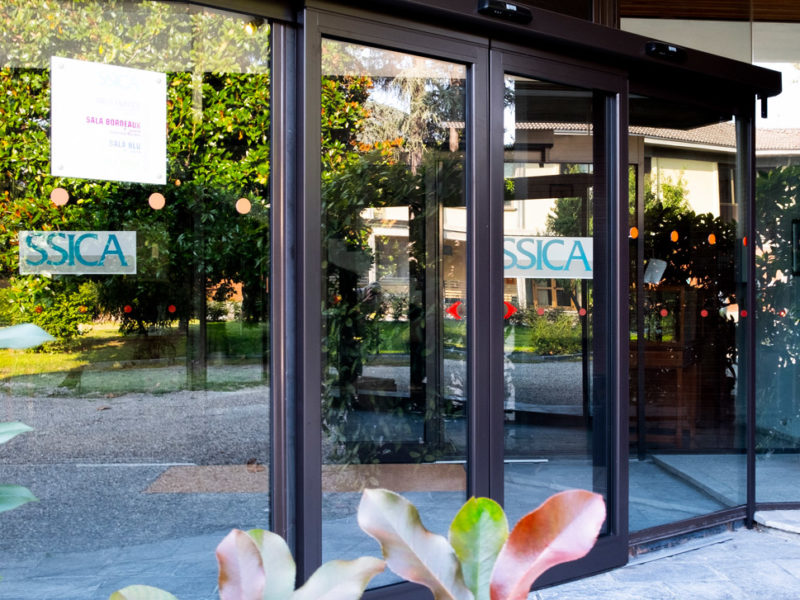The mission deals with food preserves safety in relation to the food chemical risks, in particular pesticides contamination, substances migration from packaging materials, improper use of additives and, in general, chemical contamination of voluntary or involuntary origin. The area regularly follows the European rapid alert system for food and feed in order to be updated on the problems that food companies may encounter in marketing their products and thus be able to supply adequate analytical responses.

Chemical Safety
TEAM
Pro tempore Coordinator:
Davide Imperiale
Roviaro Andrea
0521 795203
andrea.roviaro@ssica.it
Savini Sara
Analytical service and support to institutional activity
0521 795233
sara.savini@ssica.it
Areas of activity
Services


FAQ
What is the meaning of ``contaminant``?
Article 1 of Council Regulation (EEC) No. 315/93 of 8 February 1993 with subsequent updates explains the meaning of contaminant:
“Contaminant means any substance not intentionally added to food which is present as a result of the production (including operations carried out in crop husbandry, animal husbandry and veterinary medicine), manufacture, processing, preparation, treatment, packing, packaging, transport or holding of such food, or as a result of environmental contamination.”
What does the EC Regulation 1881/2006 of December 19, 2006 define?
The EC Regulation 1881/2006 of December 19, 2006 (and subsequent amendments and additions), defines the maximum levels of some contaminants in food products. The Annex, modified and supplemented by various standards, establishes the maximum levels of the following contaminants: Nitrates, Mycotoxins, Metals (lead, cadmium, mercury, inorganic tin, arsenic), 3-monochloropropane-1-2-diol (3MCPD), Dioxins, dioxin-like PCBs, non-dioxin-like PCBs, polycyclic aromatic hydrocarbons, melamine, erucic acid, tropane alkaloids.
What maximum levels of contaminants does Regulation 1881/2006 establish for processed products?
Article 2 establishes:
1. When applying the maximum levels set out in the Annex to foodstuffs which are dried, diluted, processed or composed of more than one ingredient, the following shall be taken into account:
a) changes in contaminant concentration caused by drying or dilution processes;
b) changes in contaminant concentration caused by processing;
c) the relative ingredients proportions in the product;
d) the analytical quantification limit.
2. The specific concentration or dilution factors for the drying, dilution, processing and/or mixing operations concerned or for the dried, diluted, processed and/or composite foodstuff concerned shall be provided and justified by the food business operator, when the competent authority carries out an official control.
What is the regulation that lays down the community rules...
What is the regulation that lays down the community rules regarding the maximum levels of pesticide residues in or on food and feed products?
Regulation (EC) n. 396/2005 of the European Parliament and of the Council of 23 February 2005, which entered into force on 1 September 2008, lays down harmonized Community provisions on the maximum levels of residues (MRLs) of pesticides.
What is the maximum residue limit?
“Maximum residue level” (MRL) means the upper legal level of a concentration for a pesticide residue in or on food or feed, after treatment with a plant protection product, in accordance with Good Agricultural Practices (BPA) on the lowest level of consumer exposure necessary to protect vulnerable consumers.
How is MRL expressed?
MRL is expressed in mg of active substance per kg of product (mg/kg).
Which MRLs are applicable to processed and/or composite products?
- In the case of processed and/or composite food/feed for which no MRLs have been set in Annexes II or III, the MRLs laid down in Article 18 (1) shall apply for the relevant product listed in Annex I, taking into account the changes in the pesticide residue content resulting from processing and/or the mixture.
- Specific concentration or dilution factors for certain processing and/or mixture operations or for certain processed and/or composite products may be entered in the list in Annex VI according to the procedure referred to in Article 45, paragraph 2.
Annex VI has not yet been published. Pending the definition of the specific concentration or dilution factors pursuant to art. 20 of the Regulation, Ministero della Salute and Istituto Superiore di Sanità issued several explanatory notes and opinions in which process factors relating to some processed food products are reported.
What does the EU Regulation 10/2011 commonly called...
What does the EU Regulation 10/2011 commonly called PIM (Plastic Implementation Measure) establish?
EU Regulation 10/2011 lays down specific rules for the manufacture and marketing of plastic materials and objects intended to come into contact with food products. These standards complete the general provisions defined in Regulation (EC) n. 1935/2004 concerning the materials and objects used for packaging food products.
What is the specific migration limit?
The specific migration limit (LMS) corresponds to the maximum amount of a substance allowed in food products. This limit ensures that the material intended to come into contact with food products does not present risks for health.
LMS is generally established based on acceptable daily intake (ADI) or tolerable daily intake (TDI). To set the limit, it is assumed that, every day, throughout her/his life, a person weighing 60 kg eats 1 kg of food products containing the substance concerned at the maximum amount allowed.
NEWS/EVENTS
News
-
Newsletter May 2024
SSICA’s newsletter for the month of May 2024 is online. Click here to read this month......
23 May 2024 -
Newsletter April 2024
SSICA’s newsletter for the month of April 2024 is online. Click here to read this....
19 April 2024 -
Newsletter February 2024
SSICA’s newsletter for the month of April 2023 is online. Click here to read this....
13 February 2024






